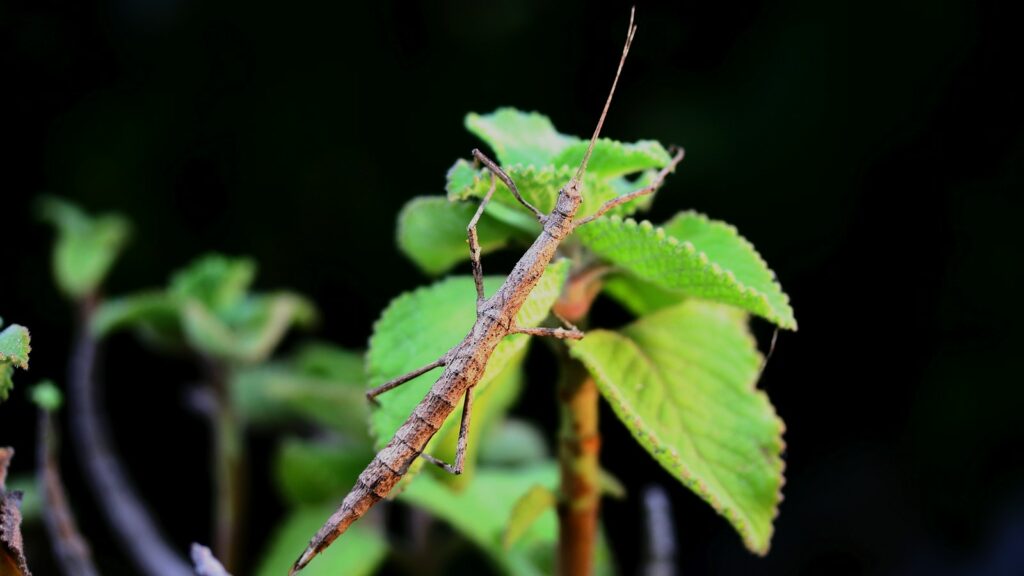
Stick insects, also known as walking sticks or phasmids, offer a fascinating gateway into the world of exotic pet ownership without demanding excessive time, space, or resources. These remarkable creatures, which have perfected the art of camouflage through millions of years of evolution, can provide endless fascination while requiring minimal maintenance compared to traditional pets. Their unique appearance, gentle nature, and interesting behaviors make them particularly suitable for beginners, apartment dwellers, or those with limited time for pet care. In this comprehensive guide, we’ll explore everything you need to know about providing proper care for these extraordinary insects, from setting up their habitat to understanding their dietary needs and handling techniques.
Understanding Stick Insect Species
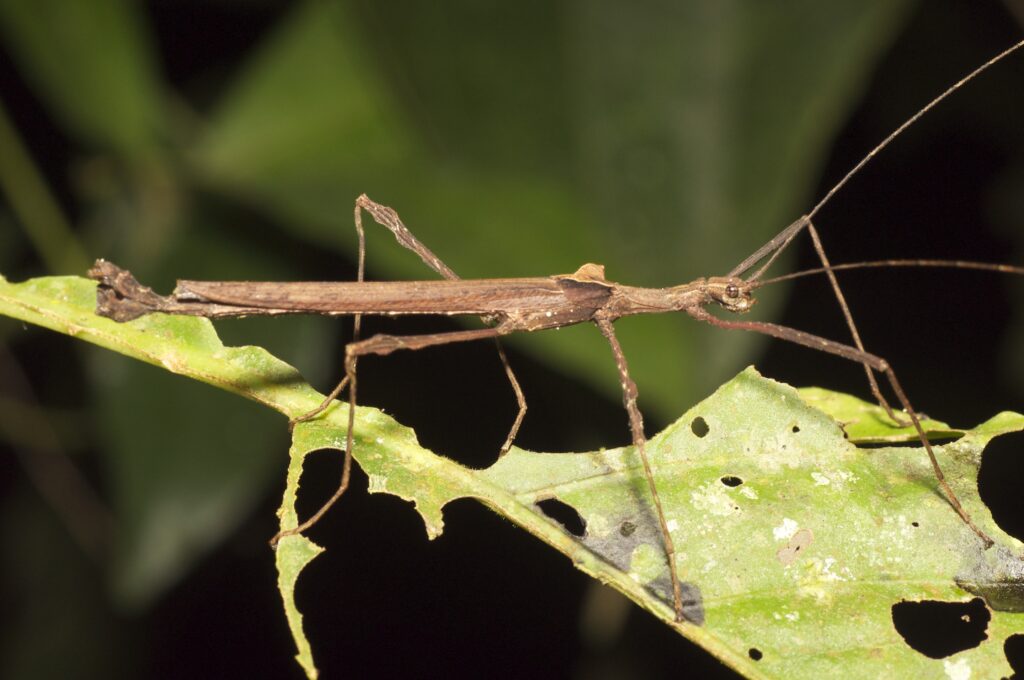
With over 3,000 species found worldwide, stick insects come in a remarkable variety of shapes, sizes, and care requirements. Among the most popular species for beginners are the Indian stick insect (Carausius morosus), the Giant Prickly stick insect (Extatosoma tiaratum), and the Vietnamese stick insect (Ramulus artemis). The Indian stick insect, often called the “beginner’s stick insect,” grows to about 4 inches long and can reproduce without mating, making it an excellent starter species. The Giant Prickly stick insect, which can grow up to 7 inches, is known for its dramatic features, including thorn-like projections and a leaf-mimicking appearance. Before acquiring a stick insect, be sure to research the specific species you’re interested in, as some tropical varieties may require more specialized care than their temperate counterparts.
Housing Your Stick Insect
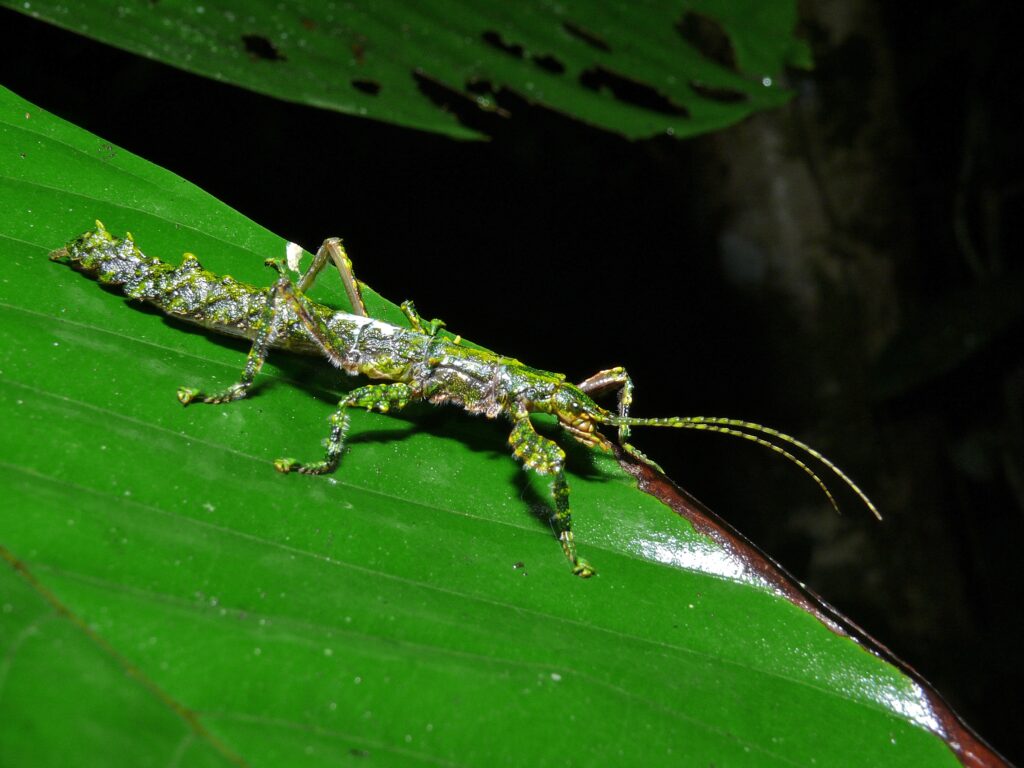
The ideal enclosure for stick insects is surprisingly simple, but it must meet their specific needs and behaviors. A glass or mesh terrarium measuring at least three times the length of your stick insect and twice its width provides adequate space for movement and molting. Height is especially important, as stick insects hang upside down to molt and need vertical space that is at least twice their body length. A mesh or well-ventilated lid helps maintain proper airflow, preventing excess humidity while keeping your insects secure. Avoid aquariums with airtight seals, as poor ventilation can lead to dangerous mold growth. If you’re housing multiple stick insects, increase the enclosure size accordingly to ensure each insect has enough space to molt without interference from others.
Creating the Perfect Microclimate

Maintaining appropriate temperature and humidity levels becomes essential for your stick insect’s health and successful development. Most common pet species thrive in temperatures between 70–80°F (21–27°C), with nighttime drops of a few degrees being beneficial. Humidity requirements vary by species, with tropical varieties needing 60–80% humidity, while temperate species may thrive with 40–60%. Daily misting with room temperature, dechlorinated water helps maintain humidity levels and also provides drinking water, as stick insects typically drink droplets from leaves rather than from dishes. Avoid placing the enclosure in direct sunlight or near heating vents, as temperature extremes can quickly become fatal. A simple hygrometer and thermometer will help you monitor these critical environmental factors, allowing you to make adjustments as needed.
Setting Up the Interior Environment
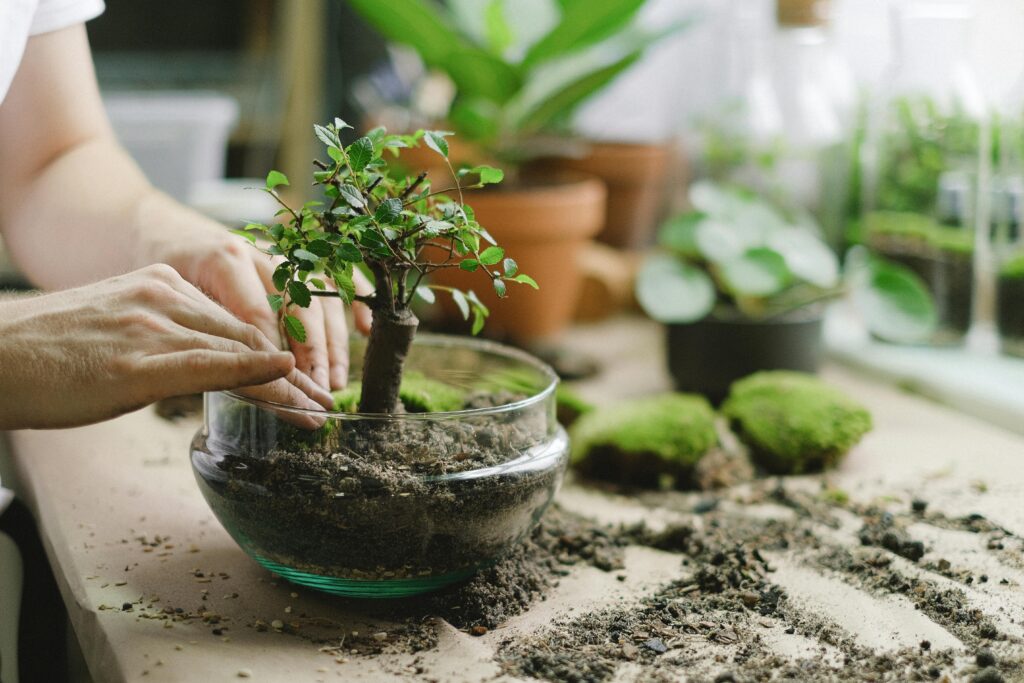
The interior of your stick insect enclosure should mimic their natural habitat while remaining practical for maintenance. Start by lining the bottom with 1-2 inches of substrate, such as coconut fiber, clean potting soil, or paper towels, to help maintain humidity and catch droppings. Include several sturdy branches or wooden dowels for climbing and molting, ensuring they reach near the top of the enclosure. Artificial plants can offer extra climbing surfaces and hiding spots, but they won’t provide food. If you prefer a more natural look, you can add live plants—just make sure they are pesticide-free and non-toxic. Regular cleaning is essential; remove droppings (frass) and any moldy food or substrate at least once a week to keep things hygienic and prevent disease or parasites.
Feeding Your Stick Insect
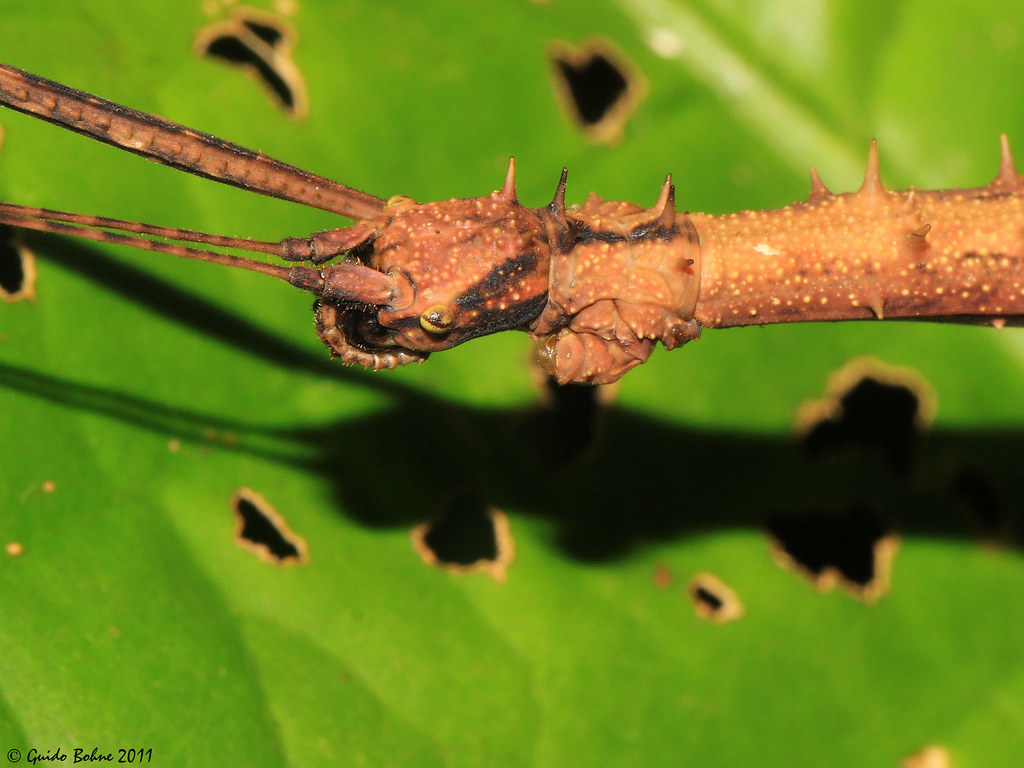
Stick insects are strict herbivores with species-specific dietary preferences that are essential for their health and longevity. Most commonly kept species will readily consume leaves from blackberry, raspberry, rose, oak, hawthorn, or bramble plants, while others may require more specialized foods like eucalyptus, guava, or certain other plant species. Fresh food should be provided every 2–3 days, with stems placed in small water containers to keep them fresh for longer. To prevent drowning, seal the water containers with plastic wrap and poke the stems through, or use floral foam to secure them. It’s also important to ensure that food plants are pesticide-free. You can achieve this by either growing the plants yourself or sourcing them from areas that are free from road pollution and chemical treatments. In winter, when fresh foliage is less available, some keepers grow potted plants indoors specifically to feed their stick insects.
Understanding the Stick Insect Life Cycle
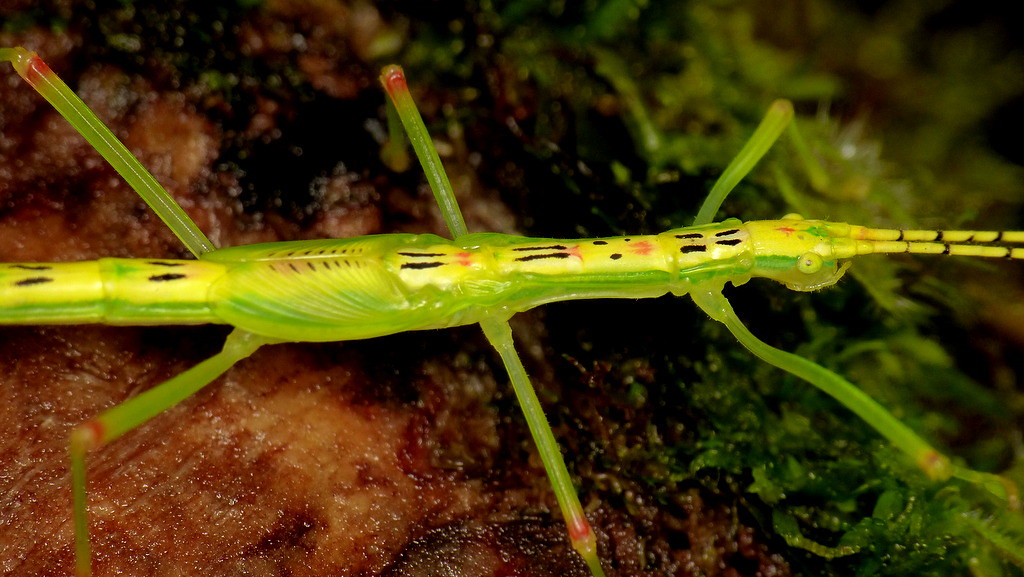
Stick insects progress through a fascinating life cycle consisting of three main stages: egg, nymph, and adult. The entire cycle typically spans 3 to 12 months, depending on the species. Females lay eggs by either dropping them to the ground or attaching them to nearby plants—some species even produce eggs that closely resemble seeds to avoid detection by predators. Upon hatching, the tiny nymphs begin feeding immediately and grow steadily, molting several times as they develop into adults. Molting is a delicate phase during which stick insects hang upside down and remain motionless for hours while their new exoskeleton hardens. It’s important not to disturb them during this time, as any interruption can lead to deformities or even death. Most stick insects live for 1 to 2 years once mature, with females generally outliving males.
Handling Your Stick Insect Safely
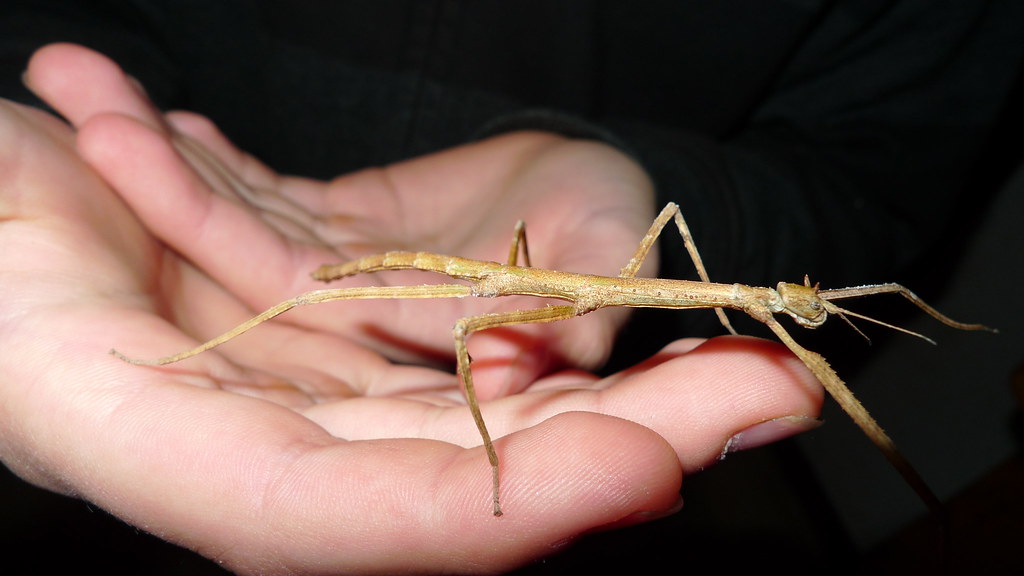
When handling stick insects, patience and gentleness are paramount to avoid stress or injury to these delicate creatures. Allow the insect to crawl onto your open palm rather than picking it up, as their legs are fragile and can break off if handled roughly. If a stick insect refuses to move, gently coax it by placing your hand in its path or using a soft paintbrush to guide it. Some species may display defensive behaviors when handled, such as swaying (mimicking branches in the wind), playing dead, or even releasing a defensive spray, which is typically harmless but can irritate sensitive skin or eyes. Limit handling sessions to a few minutes at first, gradually increasing the duration as your pet becomes accustomed to human interaction. Remember that while handling provides enrichment for you, it offers little benefit to the insect and should be minimized with particularly stressed individuals.
Recognizing and Addressing Health Issues
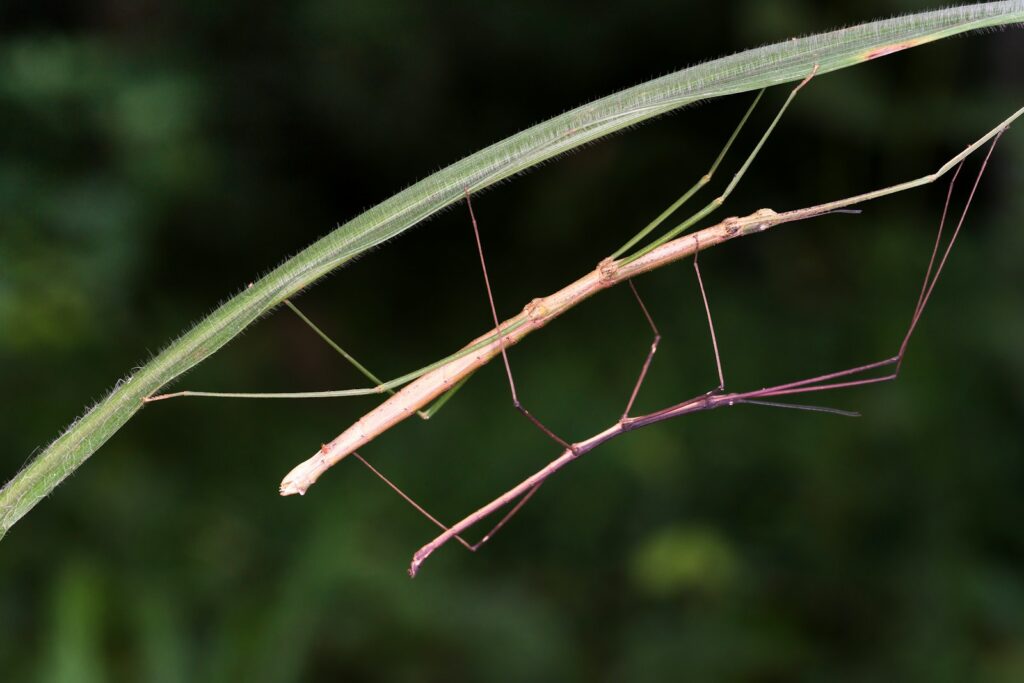
Healthy stick insects have clear eyes, smooth exoskeletons, and demonstrate regular eating and movement patterns. However, even with careful handling and proper conditions, health issues can still arise. Common problems include mite infestations, which appear as tiny moving dots on the insect, and fungal infections, which show up as unusual discolored patches. Molting difficulties are also a frequent concern, often caused by inadequate humidity that prevents the insect from shedding its old exoskeleton properly. If a stick insect loses a limb during molting or due to stress, it can often regrow it over several molts, although the new limb may be smaller. Dehydration is another issue to watch for and is usually indicated by a shriveled appearance. This can often be corrected by increasing the frequency of misting and raising the enclosure’s humidity. Since there are few treatments for serious illness in stick insects, prevention through attentive and consistent care is the best way to support their health.
Breeding Stick Insects
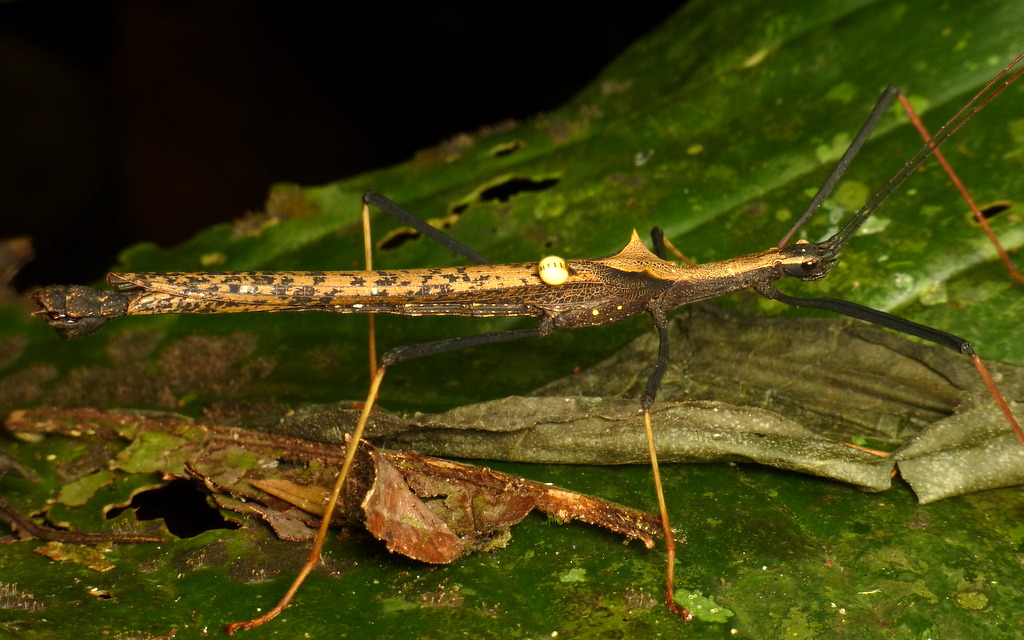
Breeding stick insects can be fascinating, with reproduction methods varying dramatically between species. Many popular pet species, including the Indian stick insect, reproduce parthenogenetically. This means females can lay fertile eggs without mating, producing offspring that are genetically identical to themselves. Other species require males for fertilization, often showing striking size differences between the sexes. Eggs are usually laid on the substrate in the enclosure and can be carefully collected and placed in a separate container. This container should maintain humidity similar to the main enclosure to support healthy development. Depending on the species and conditions, incubation can take anywhere from two to six months. Once hatched, nymphs are typically able to live alongside adults. However, in species known for cannibalistic behavior, it’s safer to house them separately. Because breeding can quickly lead to overpopulation, it’s important to have a plan in place for managing the offspring before beginning a breeding program.
Seasonal Considerations in Stick Insect Care

Seasonal changes can significantly impact your stick insect care routine, particularly regarding food availability and environmental conditions. During the colder months, access to fresh food plants may become limited in many regions. To prepare for this, some keepers freeze suitable leaves in advance, grow food plants indoors, or seek out trusted commercial sources. Winter heating can also dry out the air, reducing enclosure humidity to levels that may interfere with molting and hydration. In these cases, more frequent misting or placing a humidifier near (but not directly blowing on) the enclosure can help maintain proper conditions. Summer introduces a different set of challenges. High temperatures can lead to overheating, which is particularly dangerous for stick insects. To protect them, move enclosures away from direct sunlight, ensure good airflow, and consider placing a shallow water dish inside to promote gentle evaporative cooling. In addition, changes in natural light cycles throughout the year may influence your insect’s behavior. Some species become more active at night during the longer days of summer, so adjusting your care schedule slightly can help accommodate their shifting rhythms.
Common Mistakes to Avoid

New stick insect keepers often make preventable mistakes that impact their pet’s health and longevity. One frequent error is housing different species together, which can lead to stress, competition for resources, or even predation in certain combinations. Overhandling is another common misstep, as excessive contact can cause stress and increase the risk of injury to their delicate limbs. Dietary errors are also frequent—many beginners offer inappropriate or contaminated food plants, unaware of the strict, species-specific dietary needs of stick insects. Providing food that has been exposed to pesticides or road pollution can be especially harmful. Additionally, failing to offer enough vertical space and secure surfaces for molting often results in deformities or fatal complications. Perhaps the most critical mistake is acquiring a stick insect without researching its specific care needs, since requirements can vary greatly among the thousands of known species.
Educational Value and Benefits

Keeping stick insects also offers meaningful rewards beyond basic care. These fascinating creatures provide substantial educational value for enthusiasts of all ages, especially children and students. Their remarkable camouflage, unique life cycle, and adaptive behaviors offer engaging, real-life examples of concepts such as evolution, metamorphosis, and biodiversity—all within a manageable home or classroom setting. Their relatively short life span allows observers to witness the full progression from egg to adult, often within a single school year.
For young caretakers, stick insects present an excellent opportunity to develop responsibility, patience, and empathy, all while requiring less time and upkeep than traditional pets. Many educators even include stick insect enclosures in science centers to enhance hands-on learning. Beyond their value in education, stick insects can also bring a quiet sense of calm to their keepers. Their slow, deliberate movements and peaceful presence make them surprisingly effective companions for reducing stress in today’s fast-paced world.
Legal and Ethical Considerations
Before acquiring stick insects, research the legal regulations regarding ownership in your area, as some jurisdictions classify certain species as potential invasive threats. In the United States, for example, the Department of Agriculture requires permits for many exotic stick insect species, particularly those not native to your region. Never release pet stick insects into the wild, regardless of their origin, as they can disrupt local ecosystems and native species. When purchasing, seek reputable breeders rather than wild-caught specimens to reduce impact on natural populations and ensure healthier pets. If you can no longer care for your stick insects, find other enthusiasts willing to adopt them, contact exotic pet rescues, or humanely euthanize them rather than releasing them. Just as with any pet, responsible ownership means preparing for their full lifespan, including the possibility of reproduction, and making thoughtful decisions throughout their care.
Conclusion
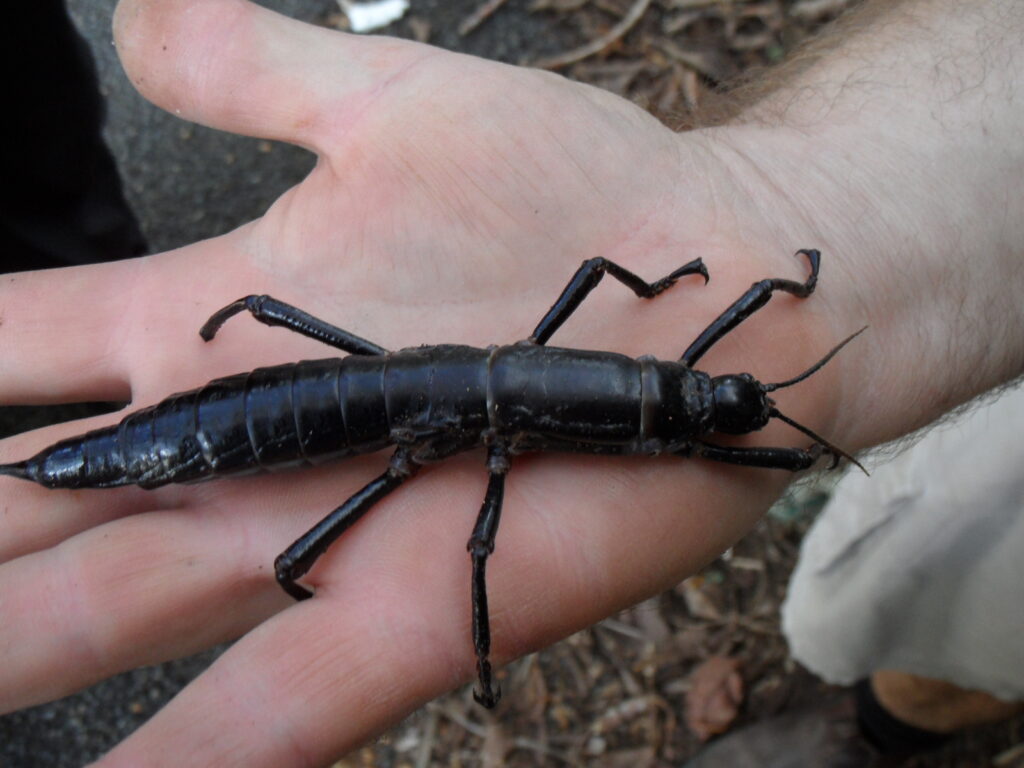
Stick insects represent one of the most accessible entries into exotic pet keeping, offering a window into the fascinating world of insects without requiring extensive time, space, or financial investment. From understanding regulations to ensuring proper long-term care, they serve as a low-maintenance yet deeply engaging pet for a wide range of keepers. Their minimal care requirements make them well-suited for busy individuals, apartment dwellers, or those new to invertebrate care. While they may not provide the interactive companionship of traditional pets, stick insects offer something uniquely valuable through their extraordinary appearance, quiet behaviors, and educational appeal. By offering the proper care outlined in this guide, you can enjoy their full lifespan while gaining a deeper appreciation for the often-overlooked world of invertebrates. Whether you are drawn to their camouflage, unusual movements, or calm presence, stick insects offer a surprisingly enriching and peaceful pet-keeping experience.

